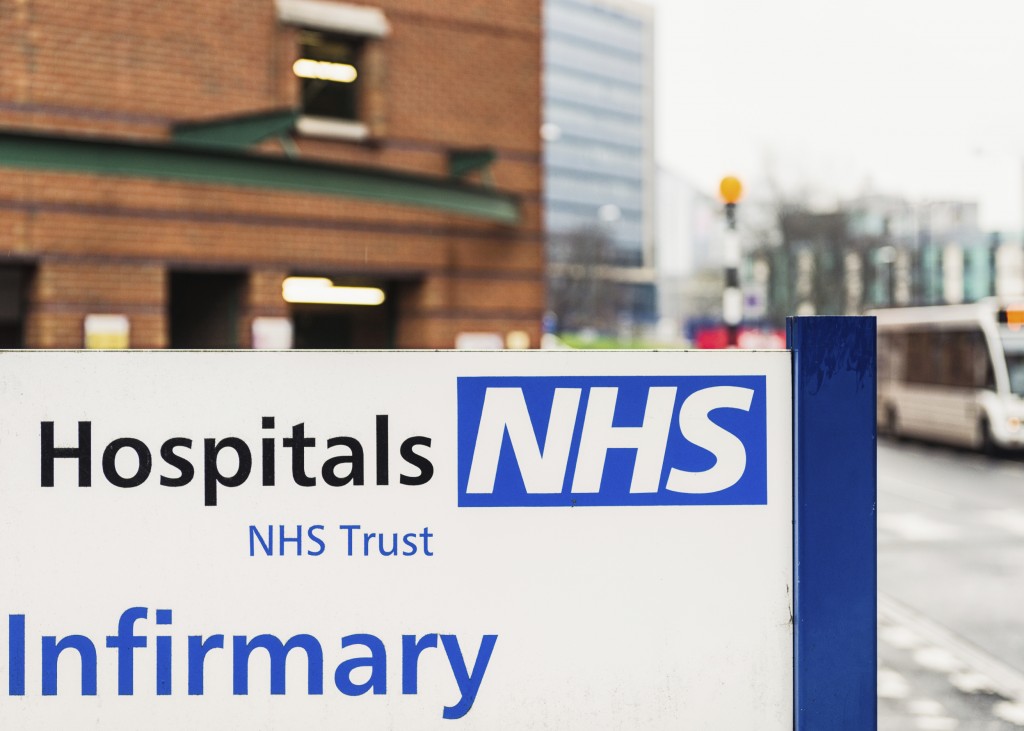A hospital could be forced to scrap its self-service check-in system because people are inputting symptoms to make them look sicker – so they can jump the queue.
Chief medical officer at Hull Royal Infirmary, East Yorks., Kevin Philips, admitted some people had been fiddling the system.
To tackle the problem, he said a new triage system staffed by hospital workers may be introduced to ensure patients are reporting symptoms properly.
“People who are not that sick are entering details which make them look sicker,” he said.
“Emergency care in this hospital does not run the same as how it runs in bigger hospitals.
“We are looking at we put a better triage system, in with humans, which would make a big difference.”
The trust has been seeing up to 400 patients a day, far more than the figure agreed with Clinical Commissioning Groups in Hull and the East Riding.
With the trust failing to hit the emergency waiting time target of seeing 95 per cent of patients within four hours since November 2013, new measures are being introduced to reduce waiting times.
Latest figures show just 78 per cent of patients are being seen within four hours and a trust plan to reach the 95 per cent target by March next year is to be submitted to the Trust Development Authority today.
Along with a new triage system, frontline staff coming off night shifts will be asked about the problems they experienced during the night to ensure problems are not rolled over into day shifts.
Attempts will also be made to see patients earlier, allowing those who do not require admission to go home.
Addressing the board of Hull and East Yorkshire Hospitals NHS Trust, Mr Phillips said: “If we can reduce that 50 per cent patients who go home by 5 or 10 per cent, it will make a huge difference.”
Changes will also be made to rotas to ensure consultants and nurses are on duty to cover surges in admissions, with the majority of patients arriving between noon and midnight.
Board members expressed concern that it would be another target not met following the failure of other predictions, further harming the trust’s reputation.
Chief operating officer Ellen Ryabov said: “This plan is not without its risks. The main risk is that it does expect that, in the last quarter of 2016-17, we will still be improving. That goes against performance nationally, where most people don’t.
“For me, this plan is much more reasonable in terms of taking into account where we are now. But we do have a lot of work to do. It does involve a great deal of improvement over a period of time.
“Obviously, people might like it to happen tomorrow, but it is simply not going to happen tomorrow.”

